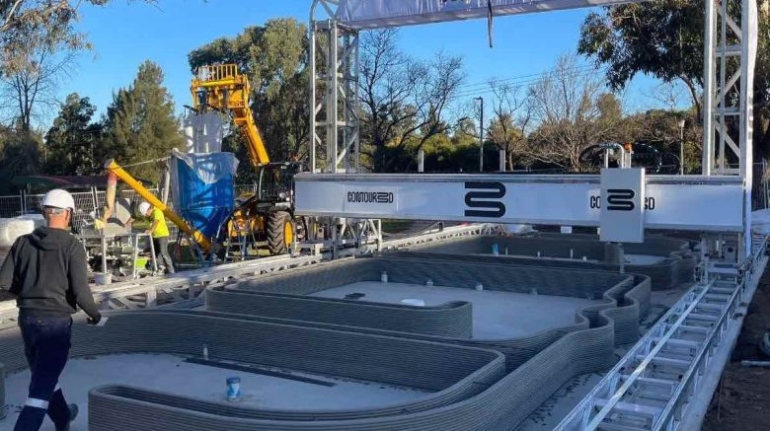United Nations to deploy construction 3D printer in Colombia Construction 3D Printing
The United Nations Development Program (UNDP), whose mandate is to tackle poverty and reduce inequalities around the globe through sustainable development, is leveraging 3D printing in its next initiative. Specifically, the UNDP has acquired a construction 3D printer from Italian company WASP, which it will deploy in Colombia to construct buildings using locally sourced materials.


